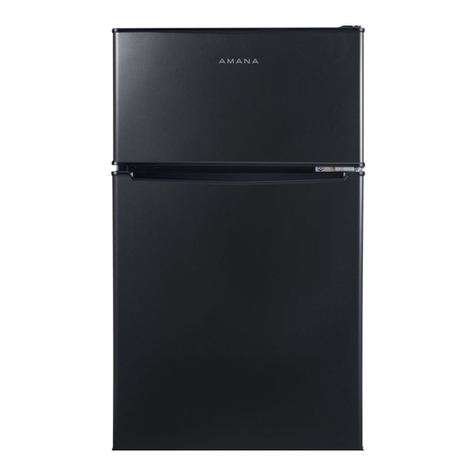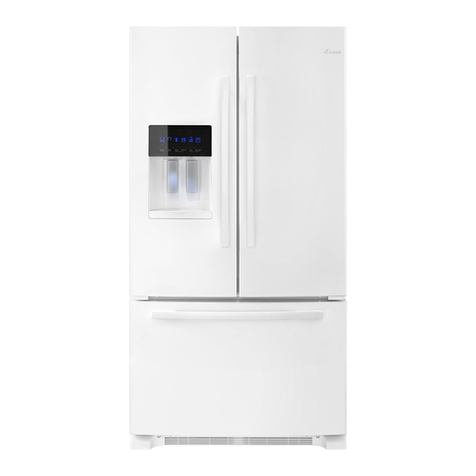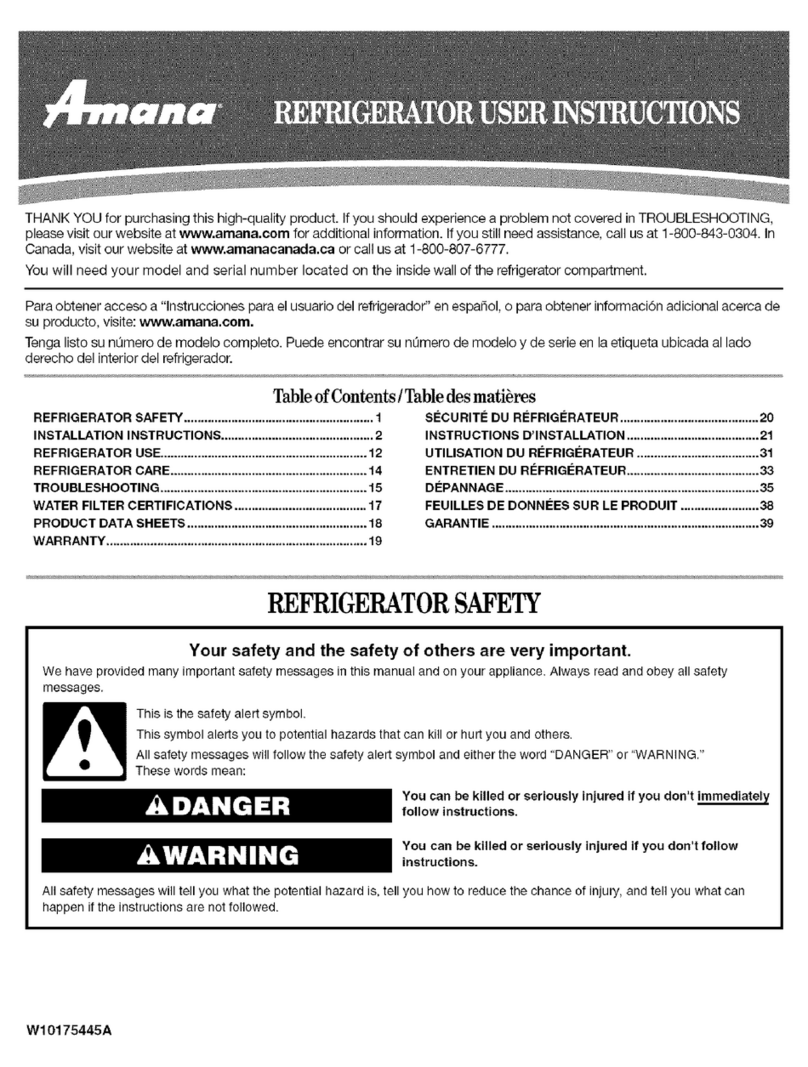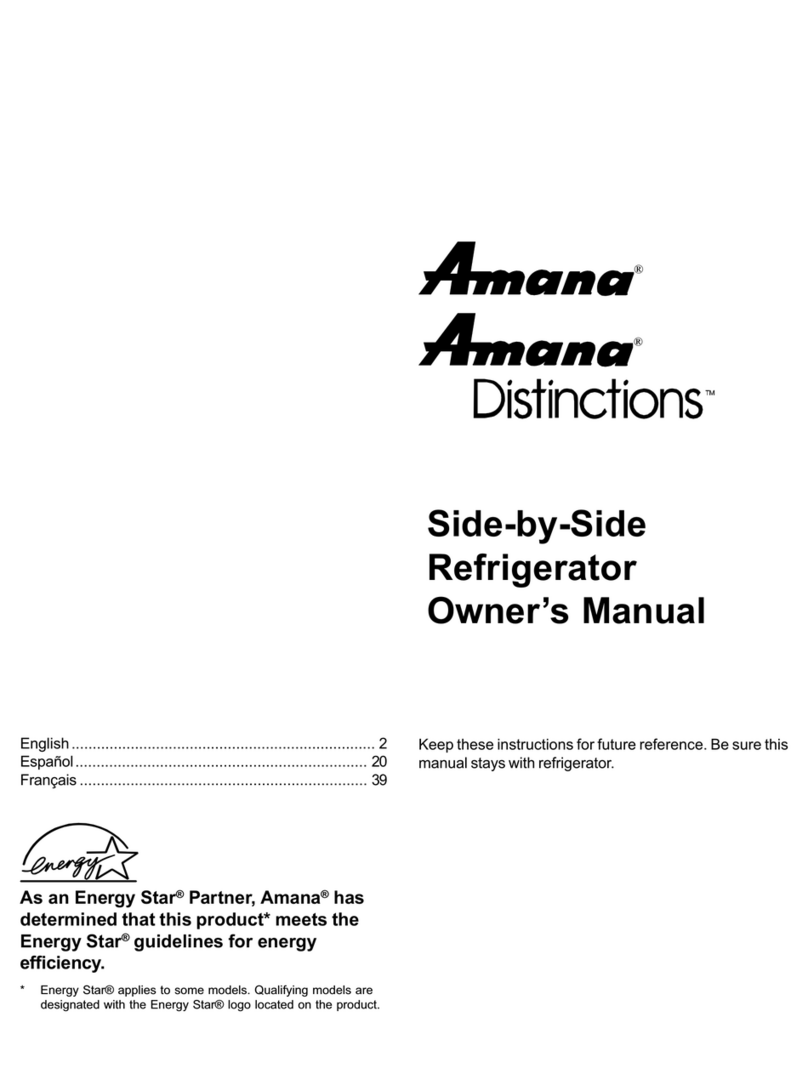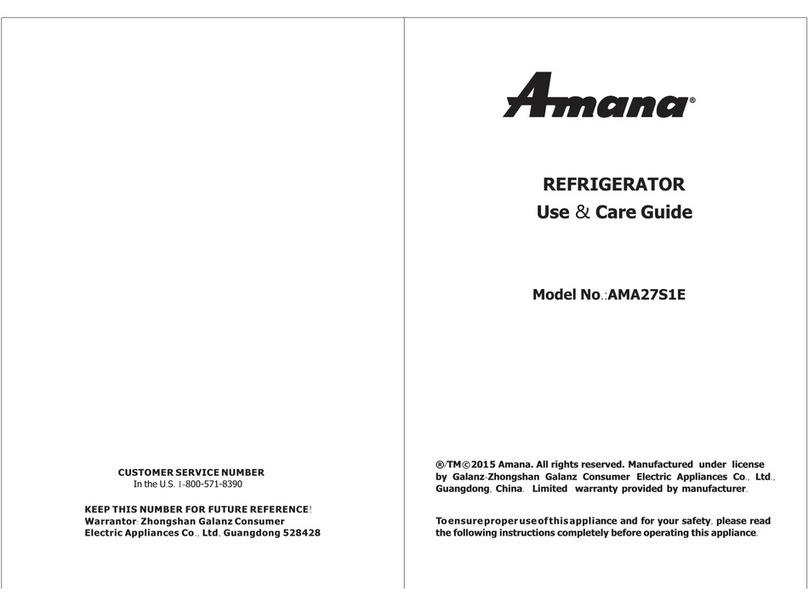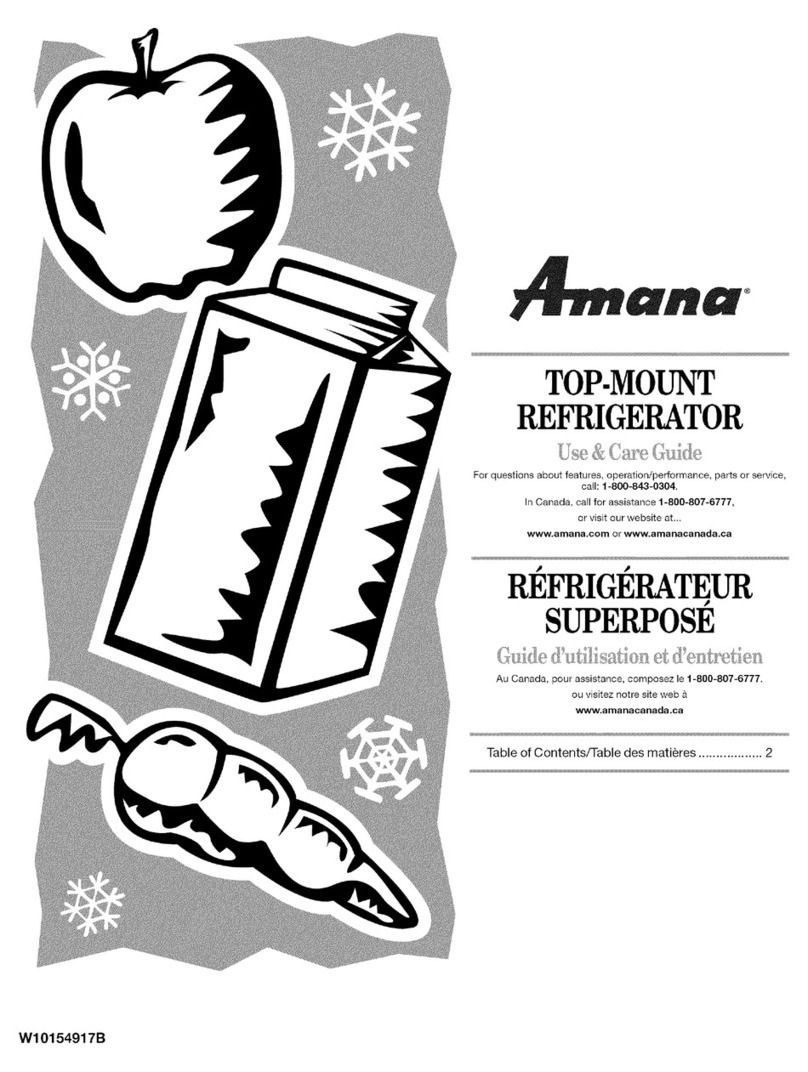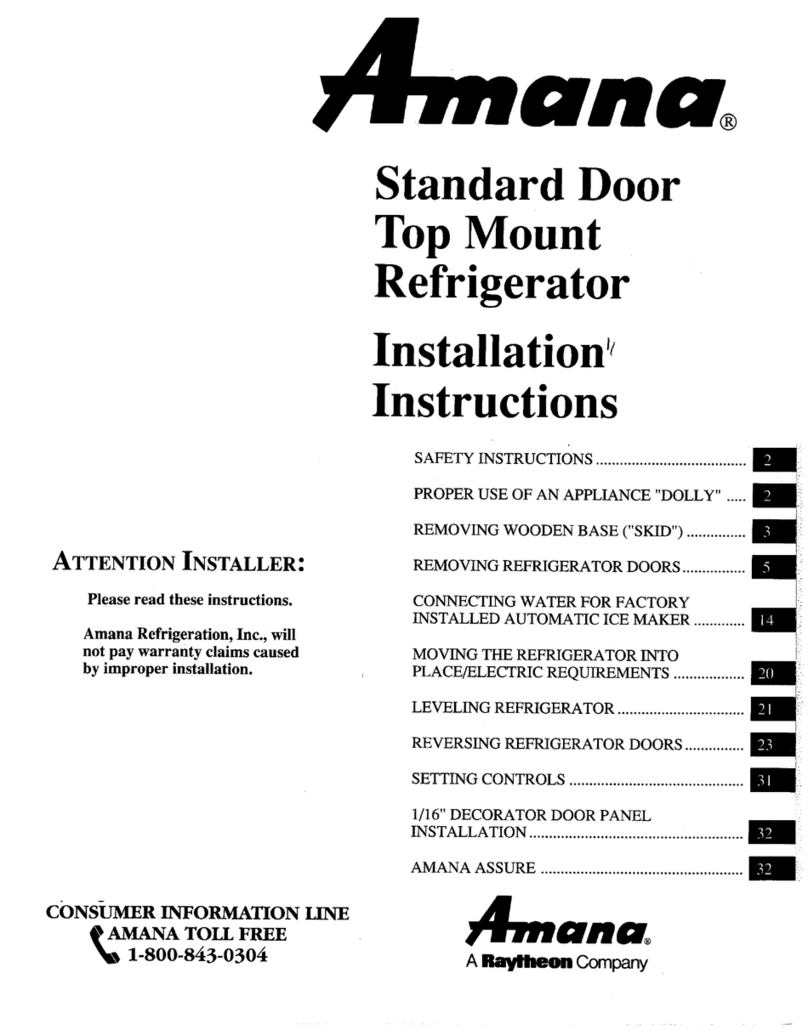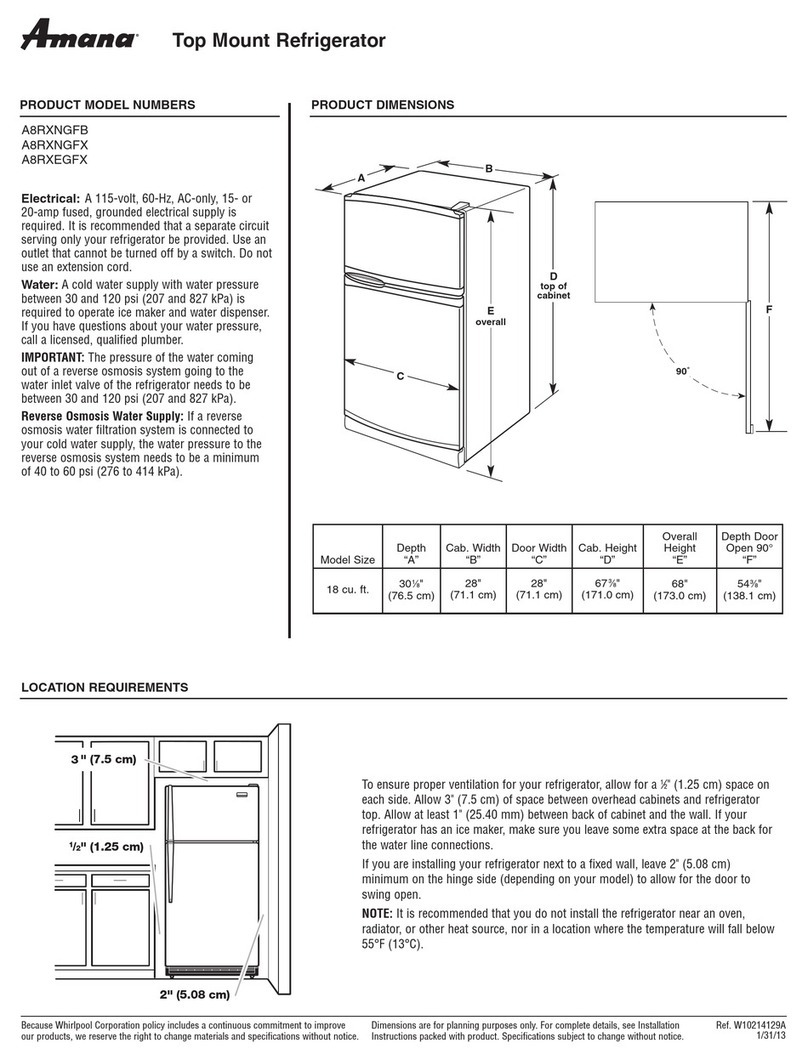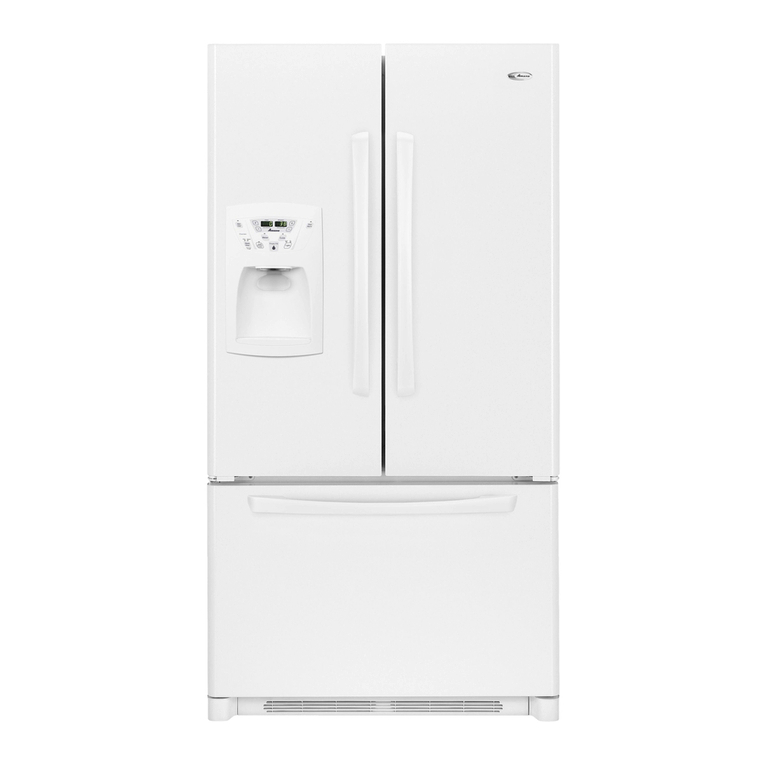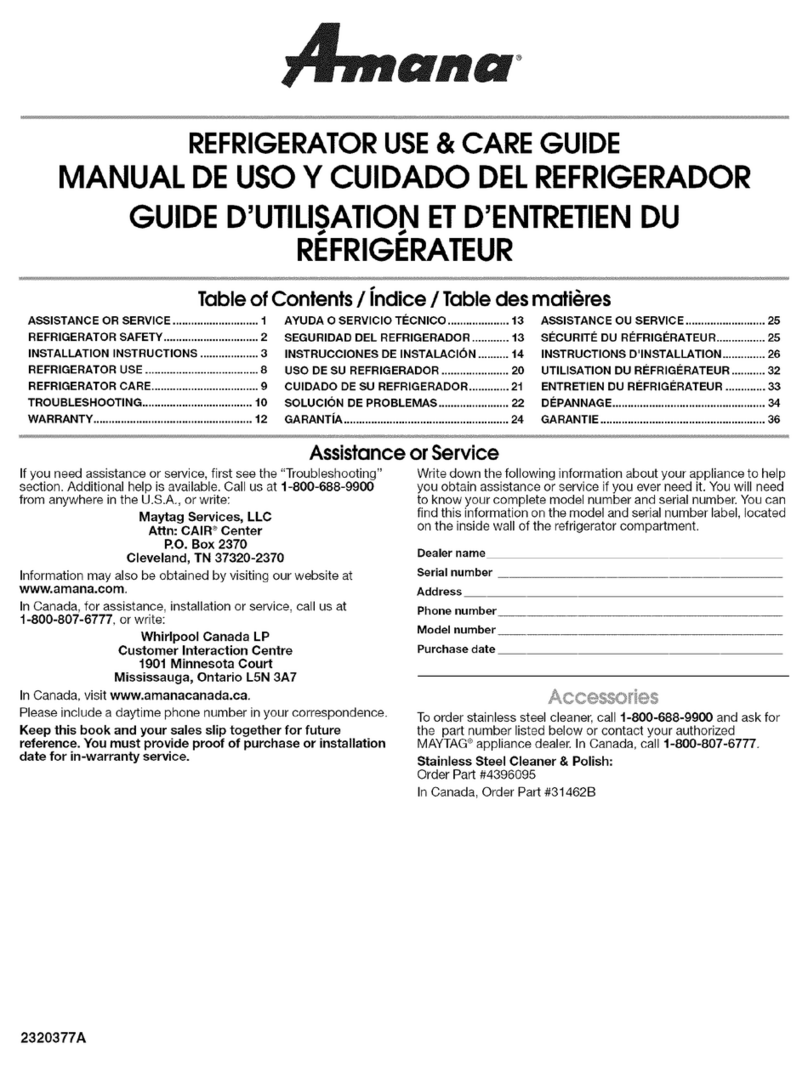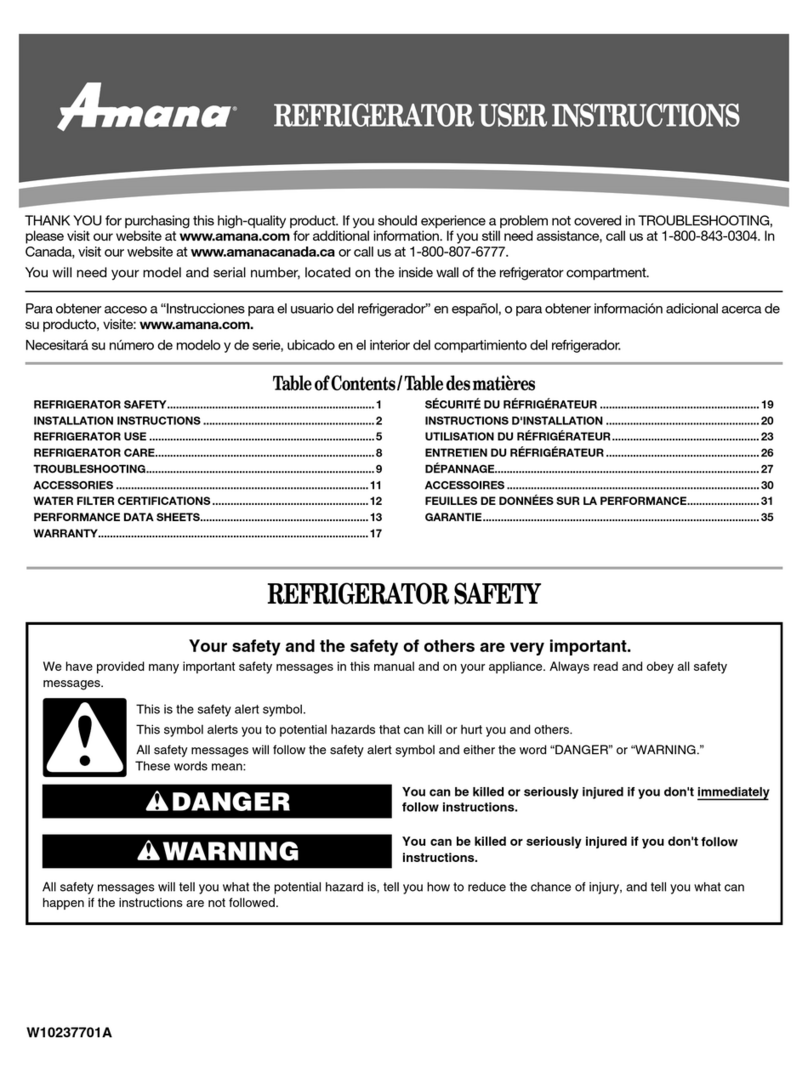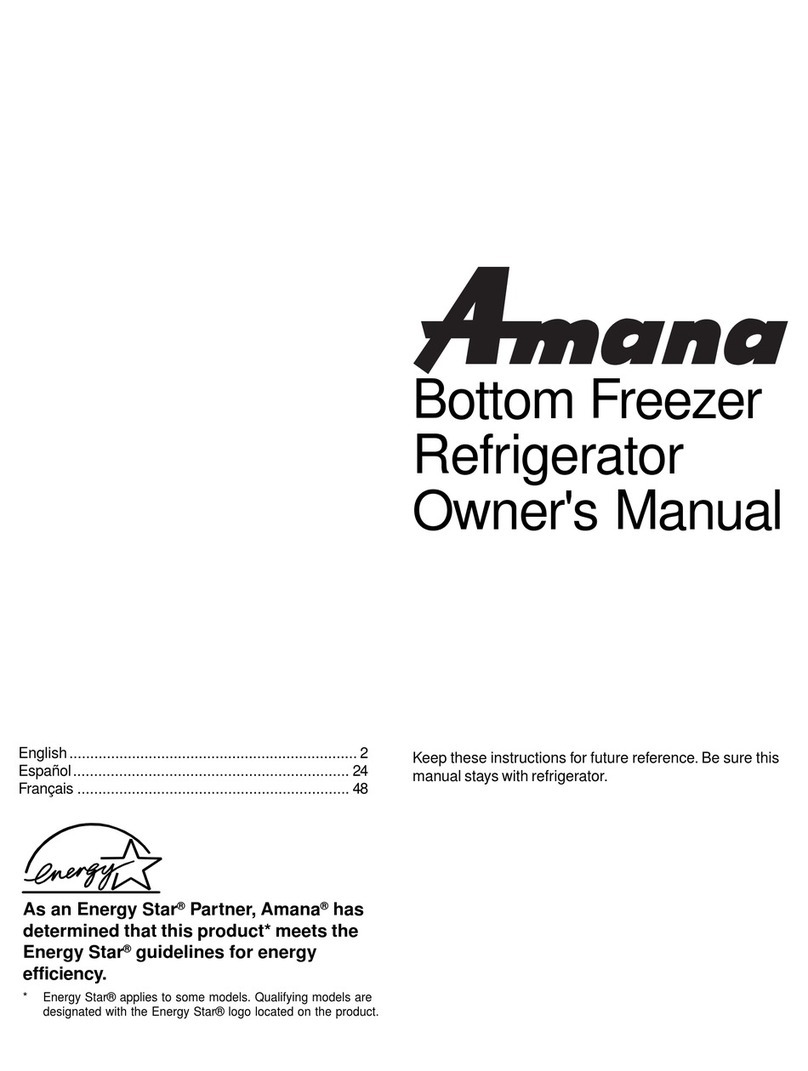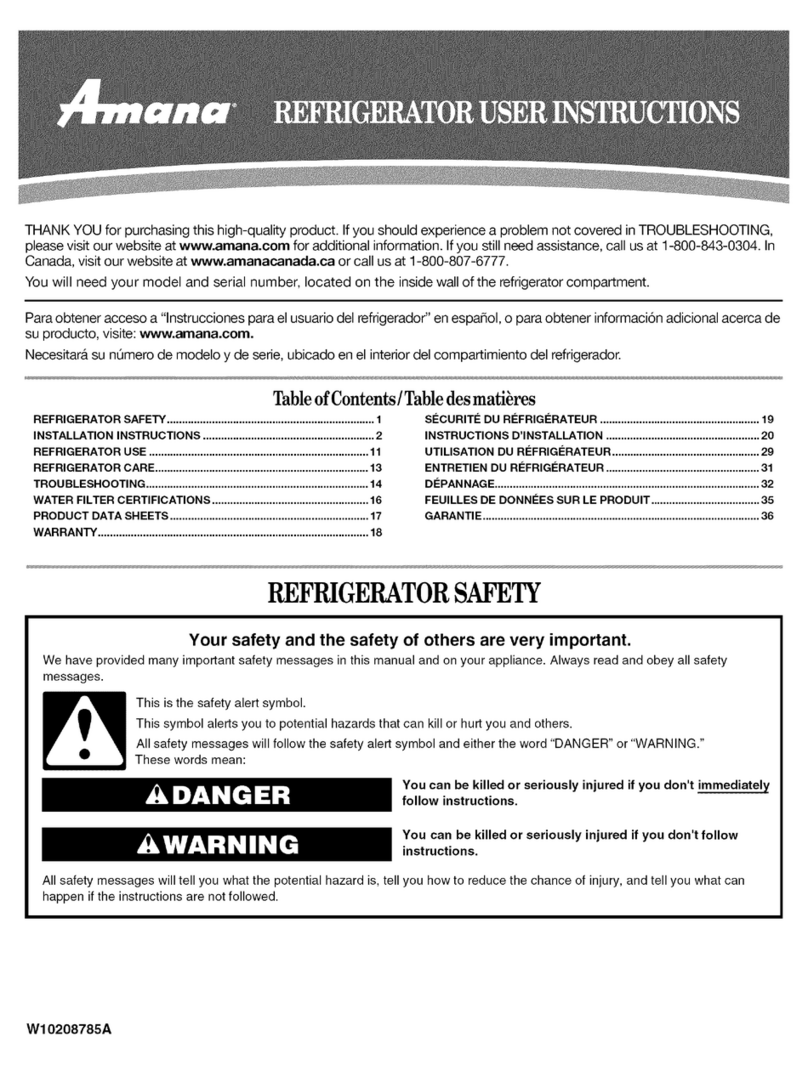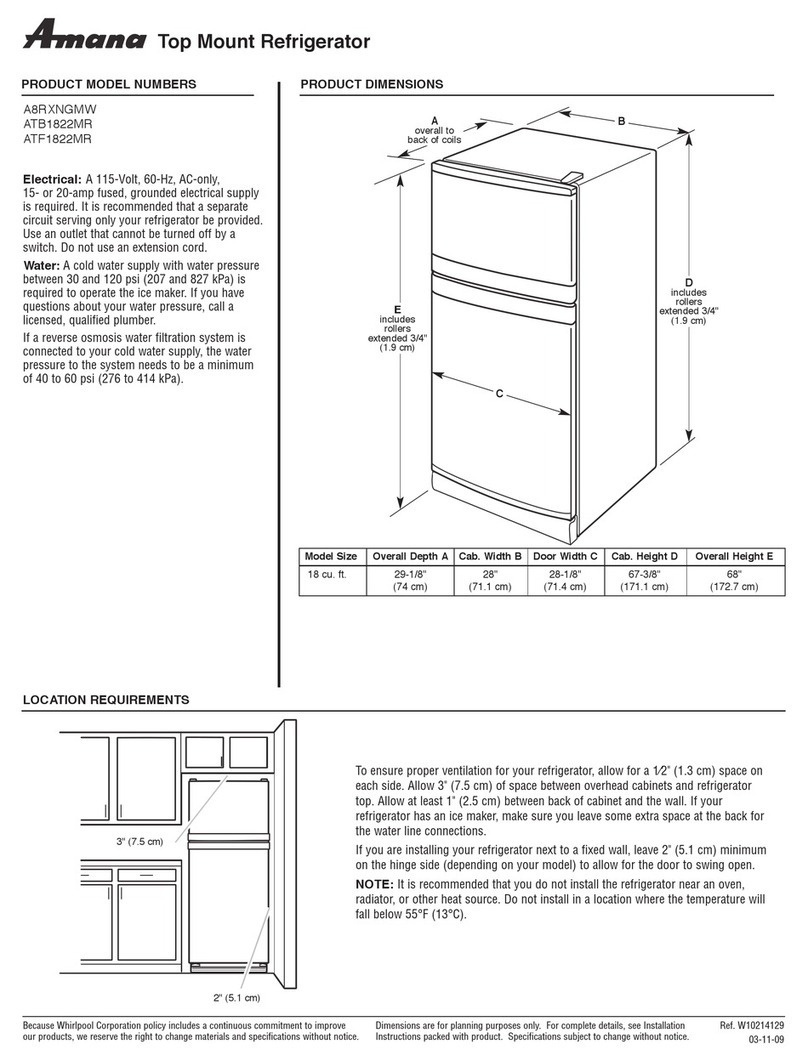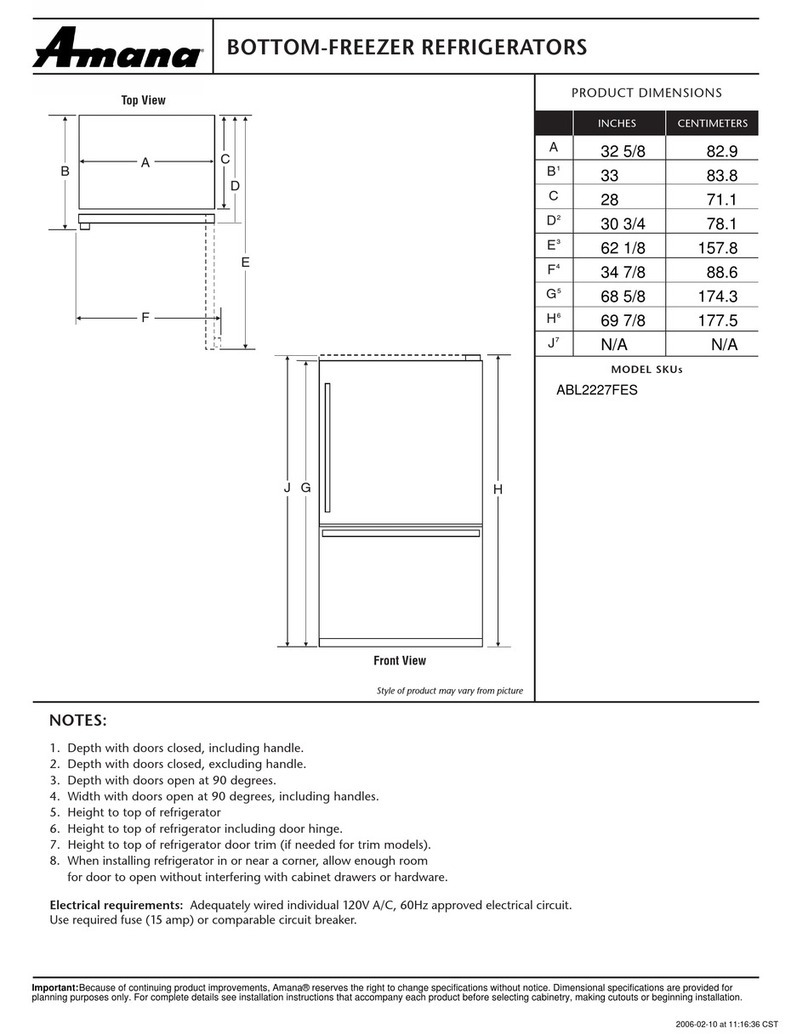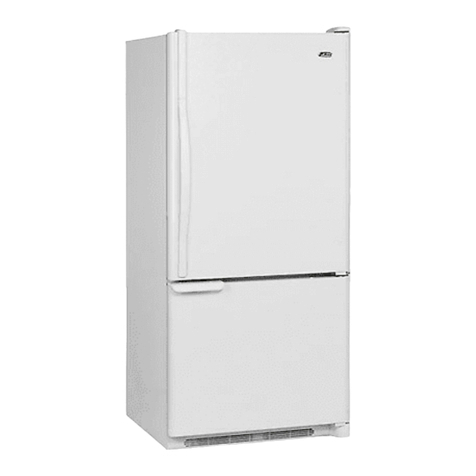
3 16021711 Rev. 0
Important Information .................................................. 2
Product Design ............................................................. 4
Component Testing .......................................................
Service Procedures .................................................... 10
Service Equipment ..................................................... 10
Drier Replacement ...................................................... 10
Refrigerant Precautions ............................................... 11
Line Piercing Valves .................................................... 11
Open Lines .................................................................. 11
Compressor Operational Test ...................................... 11
Dehydrating Sealed Refrigeration System .................. 12
Leak Testing ............................................................... 12
Testing Systems Containing a
Refrigerant Charge................................................ 12
Testing Systems Containing
No Refrigerant Charge ......................................... 12
Restrictions ................................................................. 13
Symptoms ............................................................ 13
Testing for Restrictions ......................................... 13
Evacuation and Charging ........................................... 14
Evacuation ........................................................... 14
Charging .............................................................. 1
Refrigerant Charge................................................ 1
HFC134a Service Information ..................................... 16
Health, Safety, and Handling ................................ 16
Comparison of CFC12 and HFC134a Properties . 16
Replacement Service Compressor ............................. 17
Compressor Testing Procedures .......................... 17
Brazing ....................................................................... 17
Refrigerant Flow ...........................................................18
Cabinet Air Flow One Way ..........................................19
Cabinet Air Flow Two Way ............................................ 20
Ice and Water Dispenser Diagram ................................21
Water Valves Diagram................................................22
Typical External Sweat Pattern ................................23
Troubleshooting Chart .............................................24
System Diagnosis ........................................................27
Disassembly Procedures
Refrigerator Compartment ...................................... 30
Upper Light Socket & Lens................................... 30
Freezer Cold Control ............................................ 30
Defrost Timer..........................................................30
Adaptive Defrost Control ...................................... 30
Damper Control.......................................................31
Water Filter Assembly.............................................31
Water Tank Assembly..............................................31
Crisper Cover and Socket .................................... 31
Freezer Compartment
Freezer Light Socket ............................................ 31
Auger Motor Assembly ......................................... 31
Auger Motor ......................................................... 31
Auger Motor Capacitor............................................32
Evaporator Fan Motor Assembly .......................... 32
Evaporator Fan Motor and Fan Blade.....................32
Evaporator Removal...............................................32
Defrost Terminator (Thermostat) .......................... 32
Defrost Heater...................................................... 32
Ice Maker Removal.................................................33
Machine Compartment
Water Valves ........................................................ 33
Condenser Fan Motor and Blade ............................ 33
Compressor ...........................................................33
Condensate Drain Tube .......................................... 33
Condensate Drain Pan ........................................... 33
Overload/Relay ...................................................... 34
Condenser ............................................................. 34
Bottom of Cabinet
Front Leveling Rollers .......................................... 34
Rear Leveling Rollers ........................................... 34
Cabinet Doors
Door Gaskets ....................................................... 34
Dispenser Facade (Electronic Model) .................... 34
Dispenser Ice Chute Door ......................................3
Dispenser Light Socket .......................................... 3
Dispenser D/C Solenoid ......................................... 3
Dispenser Water Tube ........................................... 3
High Voltage Board (Electronic Model) ................... 3
Ice N Water Systems
Troubleshooting of button Dispenser .................. 36
Troubleshooting of Electronic Dispenser ................ 39
Appendix A
Owners Manual ...... .............................................A-2
Table of Contents
